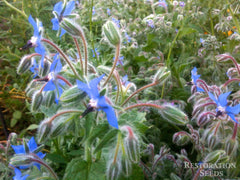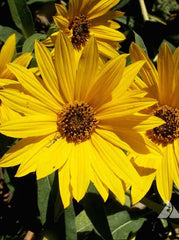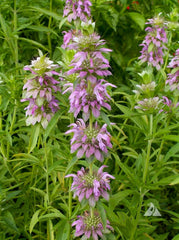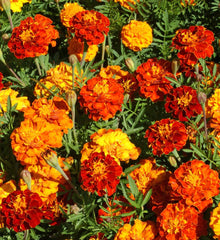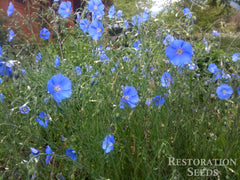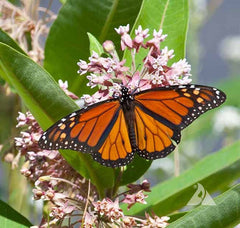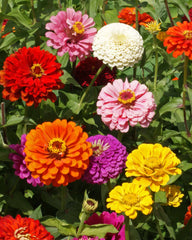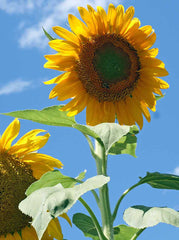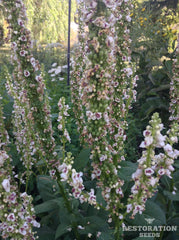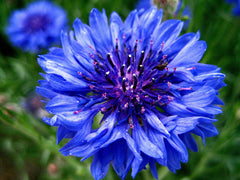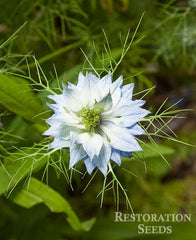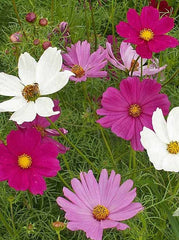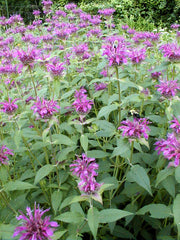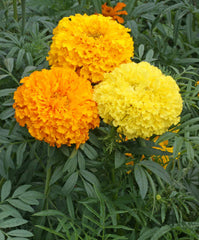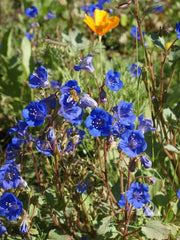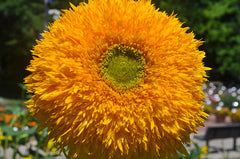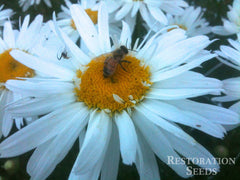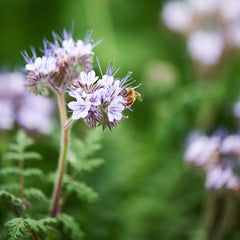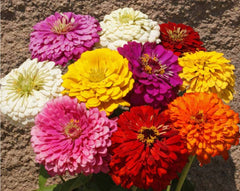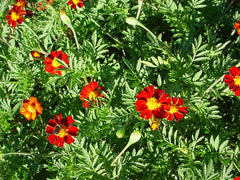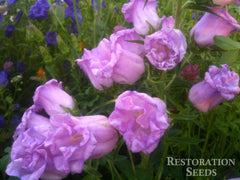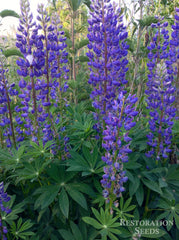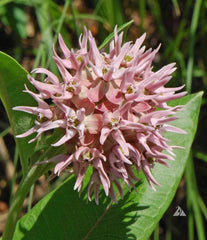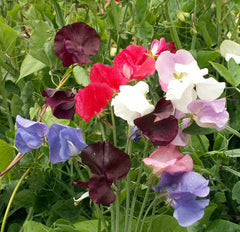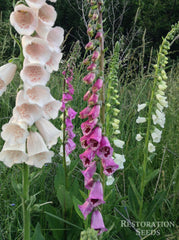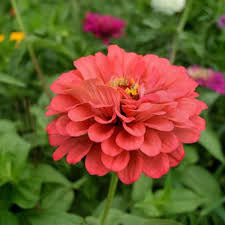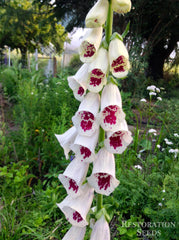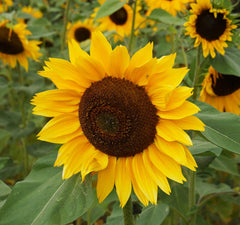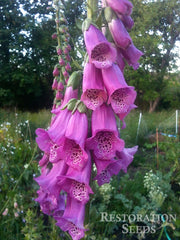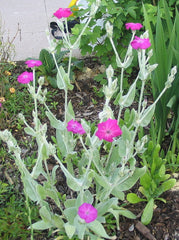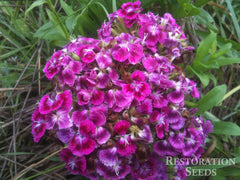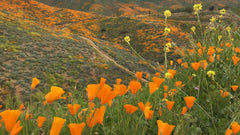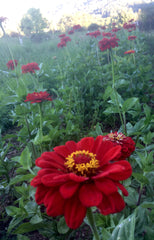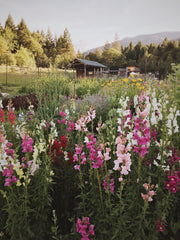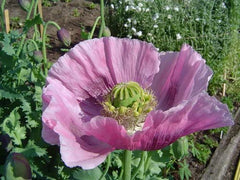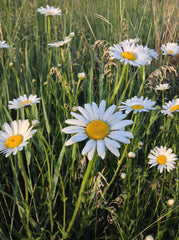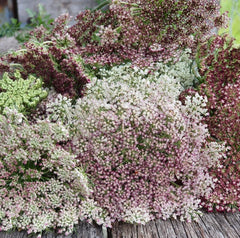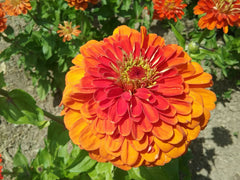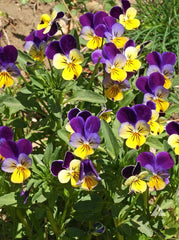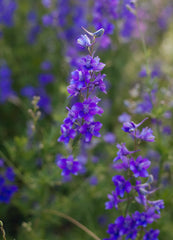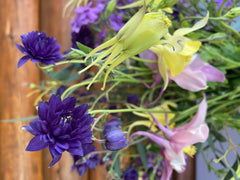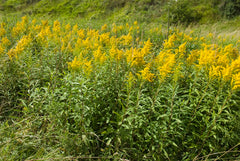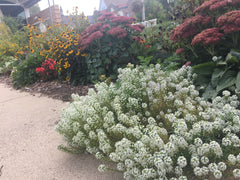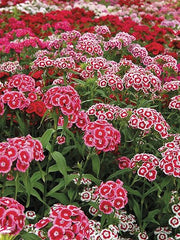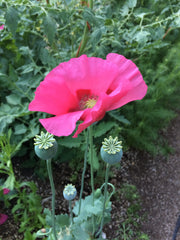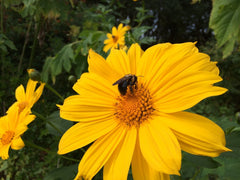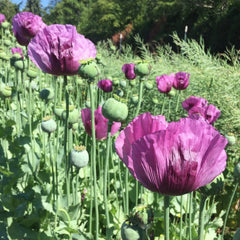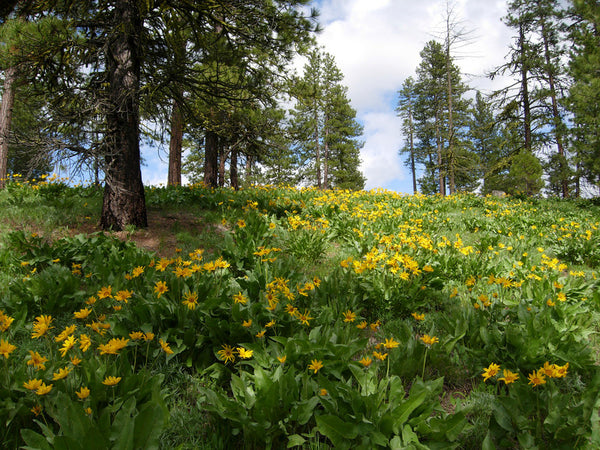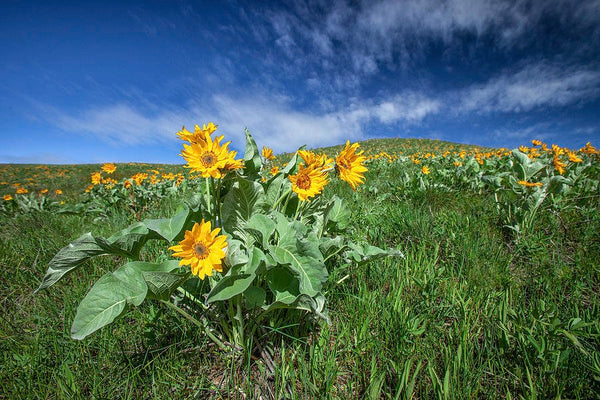Arrowleaf Balsamroot
Balsamorhiza sagittata
HOW TO GROW BALSAMROOT
In late fall, direct sow seeds 1/2” deep in an area that gets full sun and has well-drained soil. Sow seeds thickly, as germination rates are naturally low. If you want to direct sow in the spring, cold stratify the seeds for 6-8 weeks in the refrigerator first. Plants grow slowly, and may not flower until the second or third season, but once established they are hardy and will continue to come back each season. Grows best on sunny hillsides and sun-exposed mountain meadows. Hardiness zones 3-9. Perennial.
Planting Depth 1/2"
Days to Germ. 6-10
Plant Spacing 12-24”
Row Spacing 18-24”
Storage Refrigerate
Full Sun, Dry Climate
Planting Depth 1/2"
Days to Germ. 6-10
Plant Spacing 12-24”
Row Spacing 18-24”
Storage Refrigerate
Full Sun, Dry Climate
- 100 Seeds$4.10
Arrowleaf Balsamroot is a western wildflower with sunflower-like yellow flowers that bloom in the spring and summer. It grows 1-2’ tall, with a 6’ deep taproot that allows it to survive drought, grazing, and wildfire. Plants were traditionally used as food and medicine by indigenous peoples. The roots were ground in...
Arrowleaf Balsamroot is a western wildflower with sunflower-like yellow flowers that bloom in the spring and summer. It grows 1-2’ tall, with a 6’ deep taproot that allows it to survive drought, grazing, and wildfire. Plants were traditionally used as food and medicine by indigenous peoples. The roots were ground into flour when other foods were scarce. The sticky sap can be used topically as an antiseptic for minor wounds. Balsamroot is considered an indicator plant of overall health of meadows/plains/hillsides. If balsamroot is no longer present in areas where it was previously, overgrazing of cattle or other stock is likely occurring. Also known as Oregon Sunflower and Spring Sunflower. Tags: Color: Yellow, Specialty: Drought Tolerant, Season: Spring, Summer.
Balsamroot has a wide range of habitat, from British Columbia southwards to northern Arizona, and the Mojave Desert in California, and eastwards to the Black Hills of South Dakota. Indigenous peoples used the plant as food and medicine. The leaves, roots, and seeds are edible. The seeds were pounded into flour or pressed for oil. Its latin name, Balsamorhiza sagittata, derives from its strong balsam scented root.
Balsamroot has a wide range of habitat, from British Columbia southwards to northern Arizona, and the Mojave Desert in California, and eastwards to the Black Hills of South Dakota. Indigenous peoples used the plant as food and medicine. The leaves, roots, and seeds are edible. The seeds were pounded into flour or pressed for oil. Its latin name, Balsamorhiza sagittata, derives from its strong balsam scented root.
Learn More
Meet Your Farmer
We promote fair trade, organic practices and environmental responsibility throughout the Restoration Seeds supply chain. Below are the family farmers and seed suppliers who bring our open pollinated seeds to you.
Idyllwild
Conventional
Seed grower since 2018
![]()
Idyllwild was born of our joyful curiosity and celebration of nature’s diverse gifts. Following nature’s model of open dispersal and dissemination, we share these seeds with you and invite you to play in the garden of abundance. We learn from nature and she has taught us to live and think in terms of “abundance” instead of “scarcity”. Diversity - in all forms, from genetic to creative expression - is the heart of resilience. We enjoy experimenting with myriads of flavors, colors, and textures and the world opens to us in infinite possibilities. As a result, we are nourished in body, mind, and spirit.
Reviews
